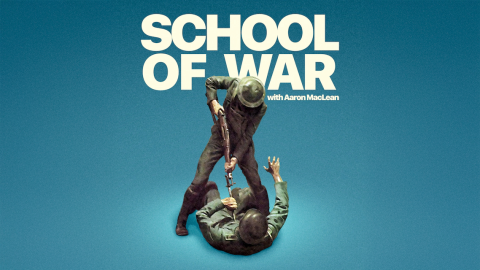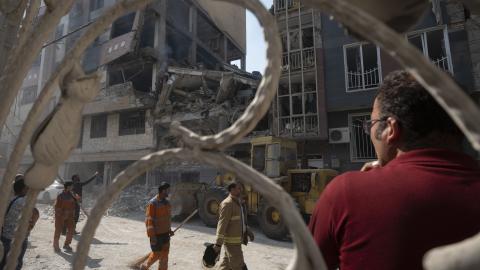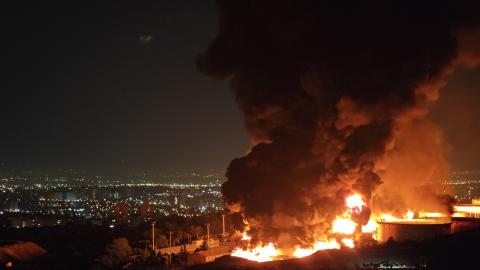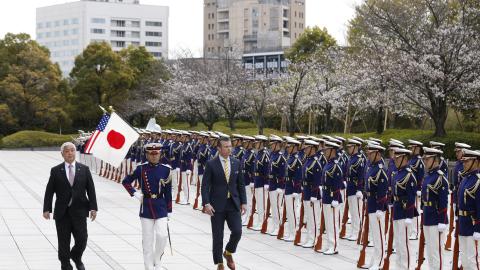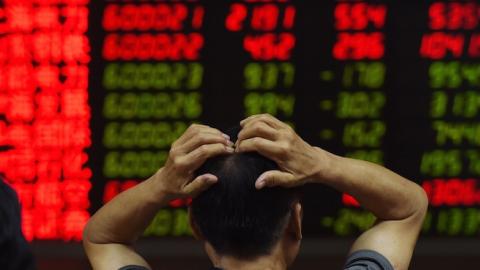The unexpected devaluation of the yuan (renmimbi) to help its exporters last week is further confirmation that China is unable to meet its 7 per cent growth target without significant government intervention. Even if growth is trending at a 'new normal' of around 5 per cent or lower as many independent experts believe, it is not obvious why Beijing is worried. After all, China's economy is about six times larger than it was twenty years ago. Five per cent expansion in a ten trillion dollar economy is still impressive by any measure.
The problem is not macro-economic but fiscal. In the past, swelling government coffers fuel by a complementary and extreme SOE-dominated growth model made decision making easy in a world of minimal opportunity costs. In this 'new normal' world of more modest growth, the threat is of a fiscal crisis that is becoming more likely rather than less.
Let's begin with the revenue side of the public purse. From 1993-2013, growth in government revenues each year averaged 20 per cent, while growth in total fiscal outlays (includes both central and local government) averaged about 19 per cent. In 2014, and with the slowdown first taking hold, revenue growth only increased 8 per cent.
At the beginning of 2015, the government figured the hemorrhaging had subsided and forecasted revenue growth of about 6 per cent for the year, with expenditure slated to increase by around 10 per cent. But the first quarter figures showed a decline of about 5 per cent in revenues, the worst figures since 1981.
Moreover, the government knows that fiscal revenue will be disproportionately affected by even a moderate slowdown because of the country's unusual tax base. Over one-third of the revenue comes from a domestic value added tax or VAT (in which producers pay at every stage of production) and one-quarter comes from corporate taxes. In contrast, only 6.5 per cent of revenue comes from income tax. The point is that fiscal income is overwhelmingly reliant on an industrial and property boom that is ending and lacks the stability of revenue that is derived from income taxes and households.
WORRYING REVENUE SHORTFALL
If revenue is a concern, the expenditure side of the budget is even more of a problem. Prior to the tax reforms in 1994, the central government received about 55 per cent of total government revenues and was behind about half of all government expenditure. In the present day, the central government receives about 60 per cent of revenues but only accounts for 15 per cent of outlays. The shortfall in revenue for local governments – about $US800 ($1,084 billion) billion a year – is largely made up of proceeds from land and real estate sales.
With such proceeds likely to almost halve from peaks in 2013 as the property boom deflates, there is going to be a shortfall of up to US$500 billion dollars per year over the next few years based on current levels of spending. At the same time, local government demand for more central revenue will be impossible to resist because it is at the local level where responsibility for providing almost all social and public goods for the country lie. Even then, China only spends half the level on such services compared to other low-middle income countries when measured as a proportion of GDP.
Bear in mind that these are significant amounts of money that must be found given total government revenues in 2014 was about $US2.8 trillion. Throw in liabilities from existing but unfunded pension schemes in an aging society - that may add up to $US11 trillion over the next two decades - and we have possibly unprecedented fiscal pressures already in existence for any recent major economy.
Moreover, official budget items are only one part of the story. The other is the reality that the central government must use whatever resources it can muster to maintain the stability of the state-dominated financial and banking system, and prevent the unregulated but inter-connected shadow-banking system from doing too much damage to the economy.
At the heart of the problem is the indebtedness of the local-government-financing-vehicles. These LGFVs are currently desperately treading water and using up to one third of new borrowings just to prevent existing loans from going into default. That the situation is precarious was evidenced by Beijing forcing banks and other lending institutions to roll-over maturing debt by LGFVs worth $US800 billion in 2014 for another three years to prevent mass default, and financial panic. It is estimated that LGFVs have borrowed up to $US5 trillion, with the vast majority of it tied to an inflated property market.
If the bull is taken by the horns and the government decides to formally recognise what may be more than a trillion dollars' worth of distressed and non-performing loans, hundreds of billions of dollars will be needed to rescue and recapitalise the balance sheets of state-owned lending institutions. But if they decide to kick the debt can down the road, then an increasingly large proportion of new capital and credit will be tied up paying off existing debt, meaning the stagnating Japan of the 1990s and the first decade of this century is likely to be China's economic future.
There will no longer be a rising fiscal tide to lift all boats which is why Beijing is increasingly agitated about any evidence that a hard reckoning is coming. And we can be sure that artificially helping its exporters is a small tactical move that will make little real difference. Under any scenario, China will have to choose between competing fiscal priorities: sustaining an inefficient fixed-investment growth model, offering more and better social and public goods, or strengthening its military to name three.
The Communist Party is about to enter the real world like the rest of us.



